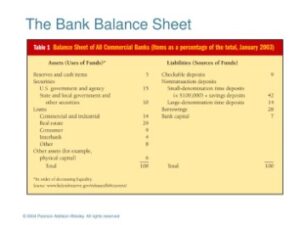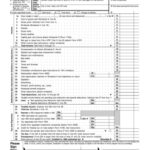
If it’s impossible to start your reconciliation in the first month of the bank account, you might need an experienced bookkeeper to help with your first reconciliation to get you on track. Alternatively, if you want to access and review reconciliation reports without going through the reconciliation screen, you can navigate to the Reports tab in QuickBooks. Locate “Reconciliation Reports” in the report center, and QuickBooks will take you to the History by account screen. Here, you can track reconciliation history and access reports at any time.
How Often Should You Reconcile Your Bank Account?
Reconciling bank statements with cash book balances helps your business know the underlying causes of these balance differences. Once the underlying cause of the difference between the cash book balance and the passbook balance is determined, you can then make the necessary corrections in your books to ensure accuracy. Remember that transactions that aren’t accounted for in your bank statement won’t be as obvious as bank-only transactions. This is where your accounting software can help you reconcile and keep track of outstanding checks and deposits. Most reconciliation modules allow you to check off outstanding checks and deposits listed on the bank statement.
- You’ll need to adjust the closing balance of your bank statement in order to showcase the correct amount of withdrawals or any checks issued that have not yet been presented for payment.
- Reconciliation is the process of fitting those pieces together accurately, creating a clear picture of your financial landscape.
- If you added older transactions to QuickBooks that are dated before your opening balance, it may impact the account’s total.
- This can get tricky and they know how to handle the next steps.Don’t have an accountant?
- If not, you’re most likely looking at an error in your books (or a bank error, which is less likely but possible).
After you reconcile, you can select Display to view the Reconciliation report or Print to print it. If you forgot to enter an opening balance in QuickBooks in the past, don’t worry. If you have been at it for a while and you need a break, QuickBooks allows you to pick up where you left off.
If your beginning balance in your accounting software isn’t correct, the bank account won’t reconcile. This can happen if you’re reconciling an account for the first time or if it wasn’t properly reconciled last month. If this is the first time you’re reconciling this account, the beginning balance in QuickBooks will be zero. You may have to go back many months and then inventory rollback procedures move forward, reconciling one month at a time.

Preparing a Bank Reconciliation Statement
These outstanding deposits must be deducted from the balance, as per the cash book, in the bank reconciliation statement. Balancing accounts might sound like a tedious task, but its significance cannot be overstated. Think of your business finances taxpayer bill of rights as a puzzle — every transaction, every payment, every deposit is a piece of that puzzle. Reconciliation is the process of fitting those pieces together accurately, creating a clear picture of your financial landscape.
Review: What are bank reconciliations?
In addition, there may be cases where the bank has not cleared the checks, however, the checks have been deposited by your business. Banks take time in clearing checks, so the bank needs to add back the check’s amount to the bank balance. You’ll need to adjust the closing balance of your bank statement in order to showcase the correct amount of withdrawals or any checks issued that have not yet been presented for payment.
There are times when the bank may charge a fee for maintaining your account, which will typically be deducted automatically from your account. Therefore, when preparing a bank reconciliation statement you must account for any fees deducted from your account. Make sure that you’ve also taken into account all deposits and withdrawals to an account when preparing the bank reconciliation statement.
Troubleshooting Tips for Bank Reconciliation in QuickBooks Online
If you can’t find a matching transaction, you can mark it as an outstanding transaction or create a new transaction in QuickBooks. At times, you might give standing instructions to your bank to make payments regularly on specific days to third parties, such as insurance premiums, telephone bills, rent, sales taxes, etc. Not-sufficient funds (NSF) refers to a situation when your bank does not honour a check, because the current account, on which the check is drawn, has insufficient funds.
Compare the ending balance of your accounting records to your bank statement to see if both cash balances direct labor efficiency variance calculator match. We strongly recommend performing a bank reconciliation at least on a monthly basis to ensure the accuracy of your company’s cash records. A monthly reconciliation helps to catch and identify any unusual transactions that might be caused by fraud or accounting errors, especially if your business uses more than one bank account. Using cloud accounting software, like Quickbooks, makes preparing a reconciliation statement easy.




